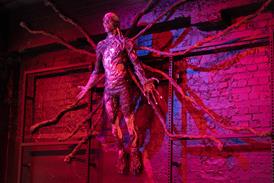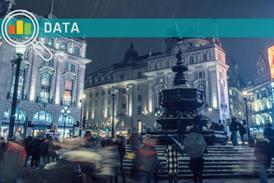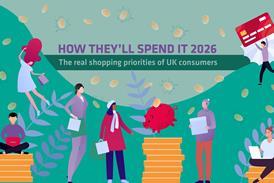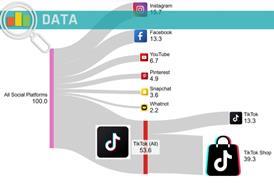Analysis: What is the Oculus Rift and how could it be used in retail?

The Oculus Rift is a virtual reality headset that provides a completely immersive experience, allowing users to feel as though they are present in a virtual world.
Already have an account? Sign in here



















